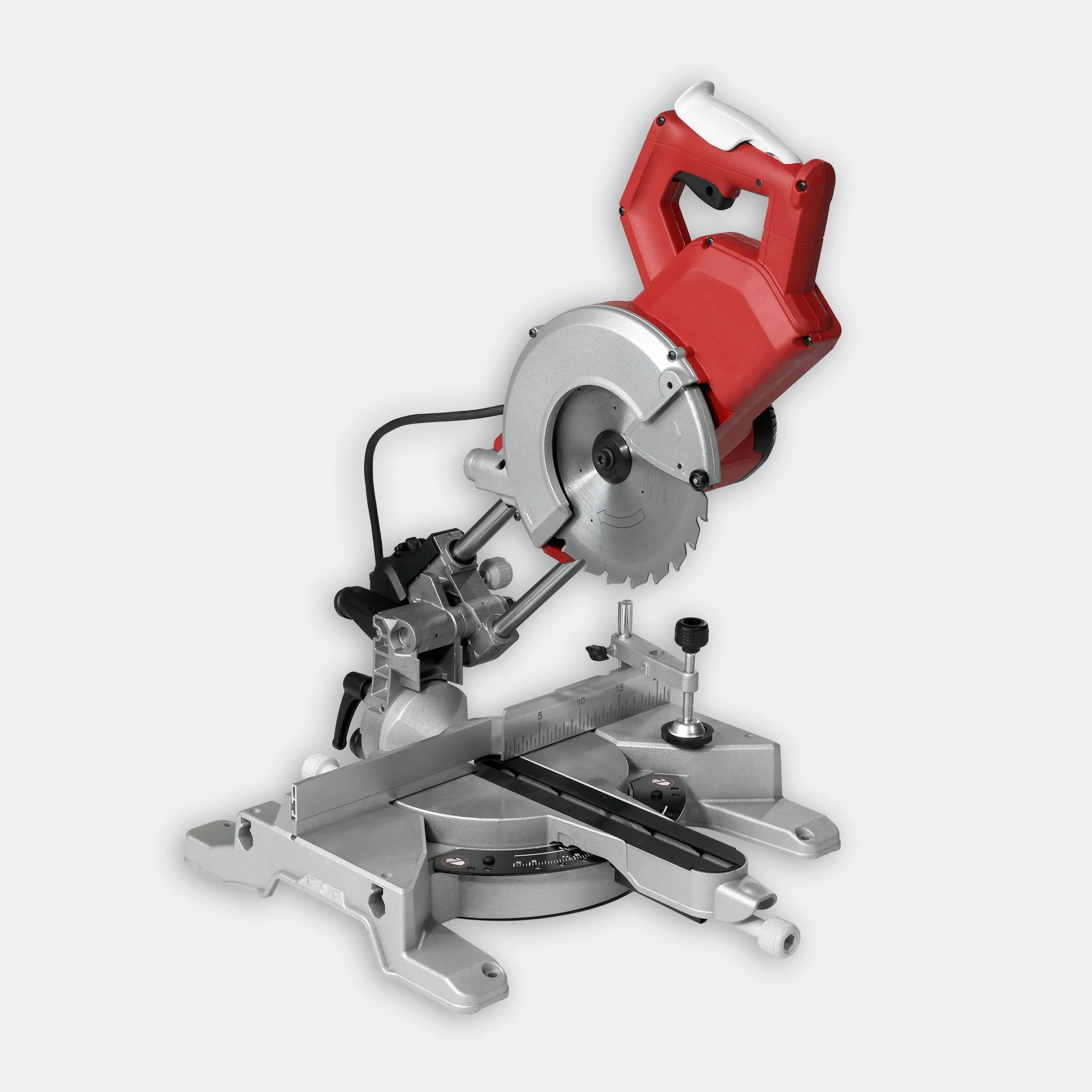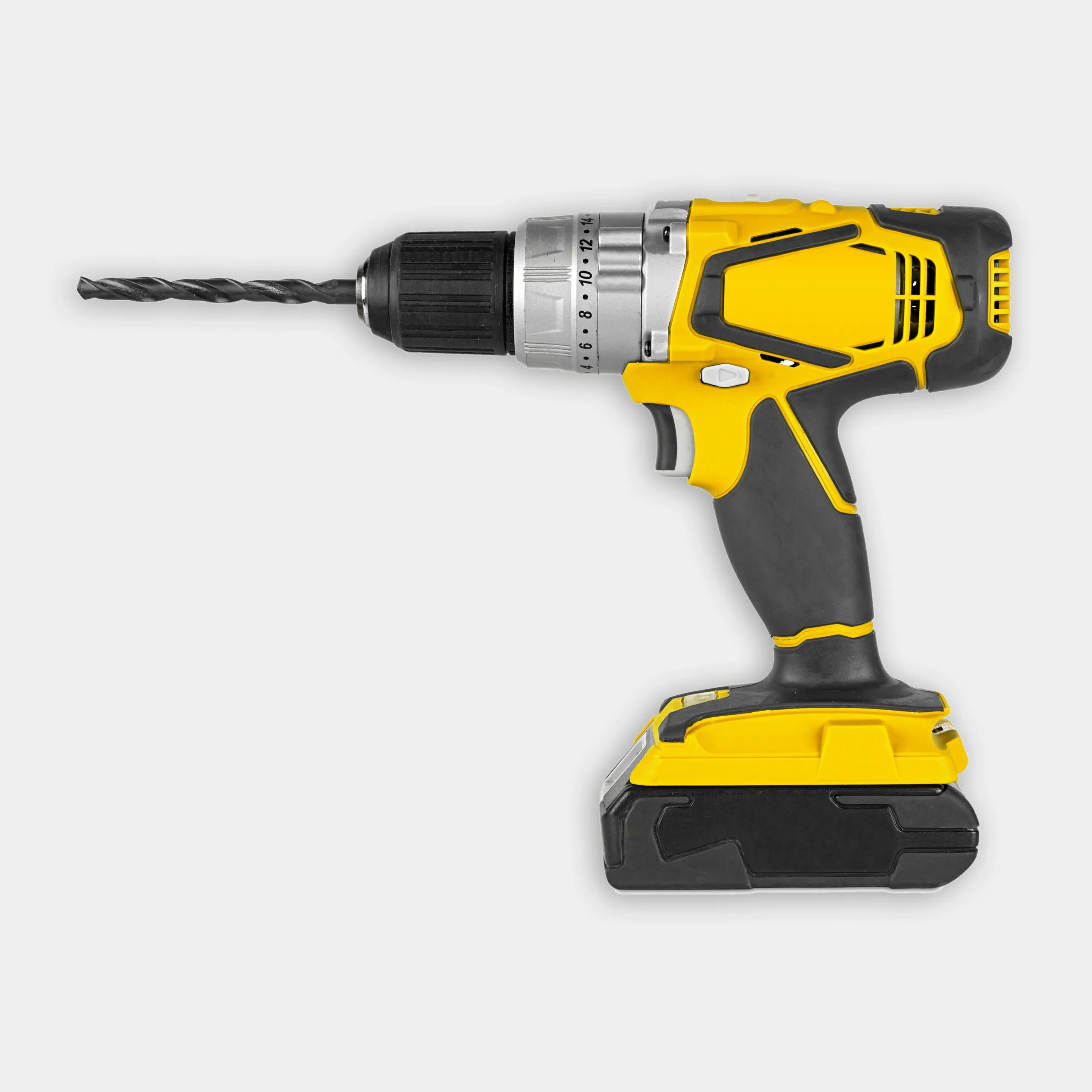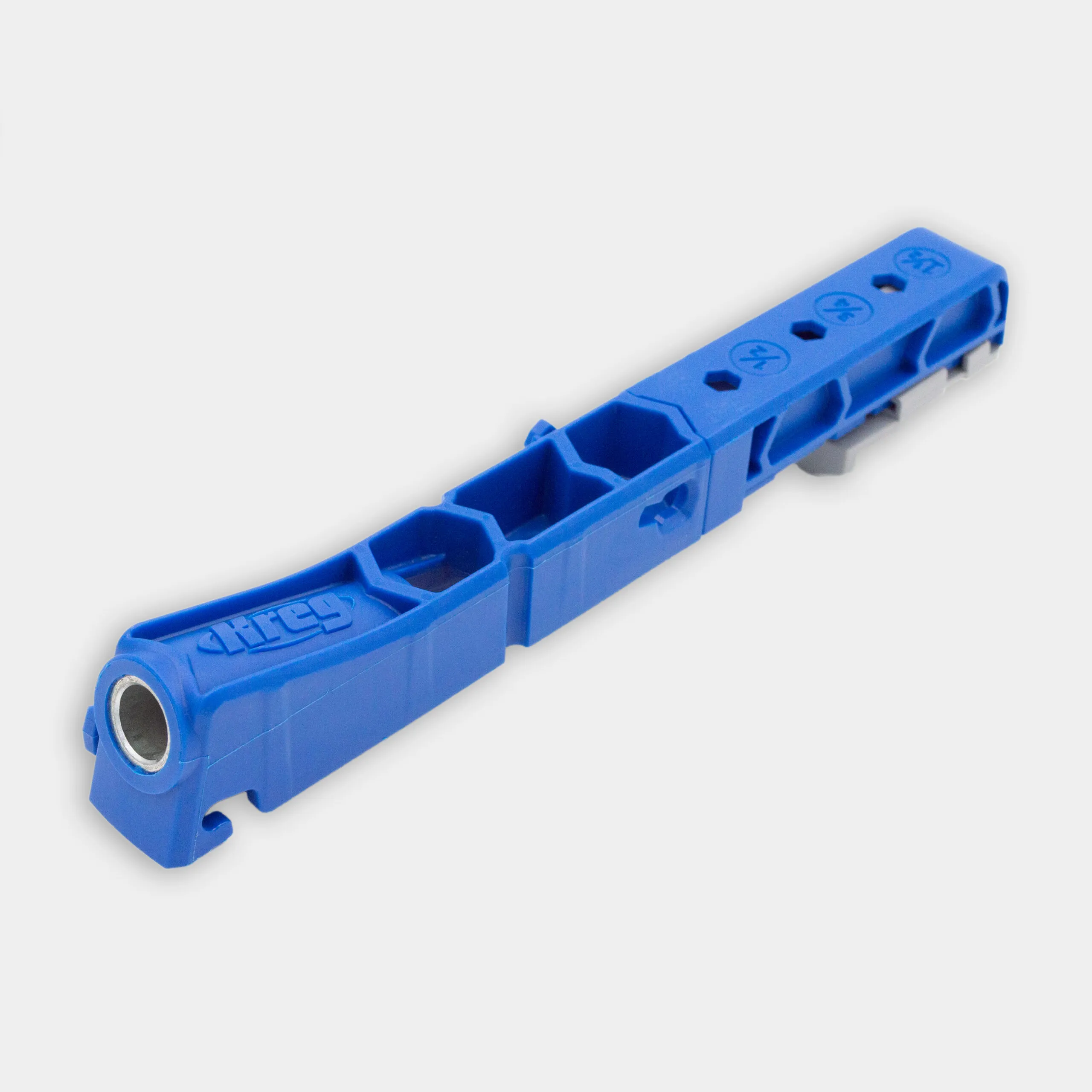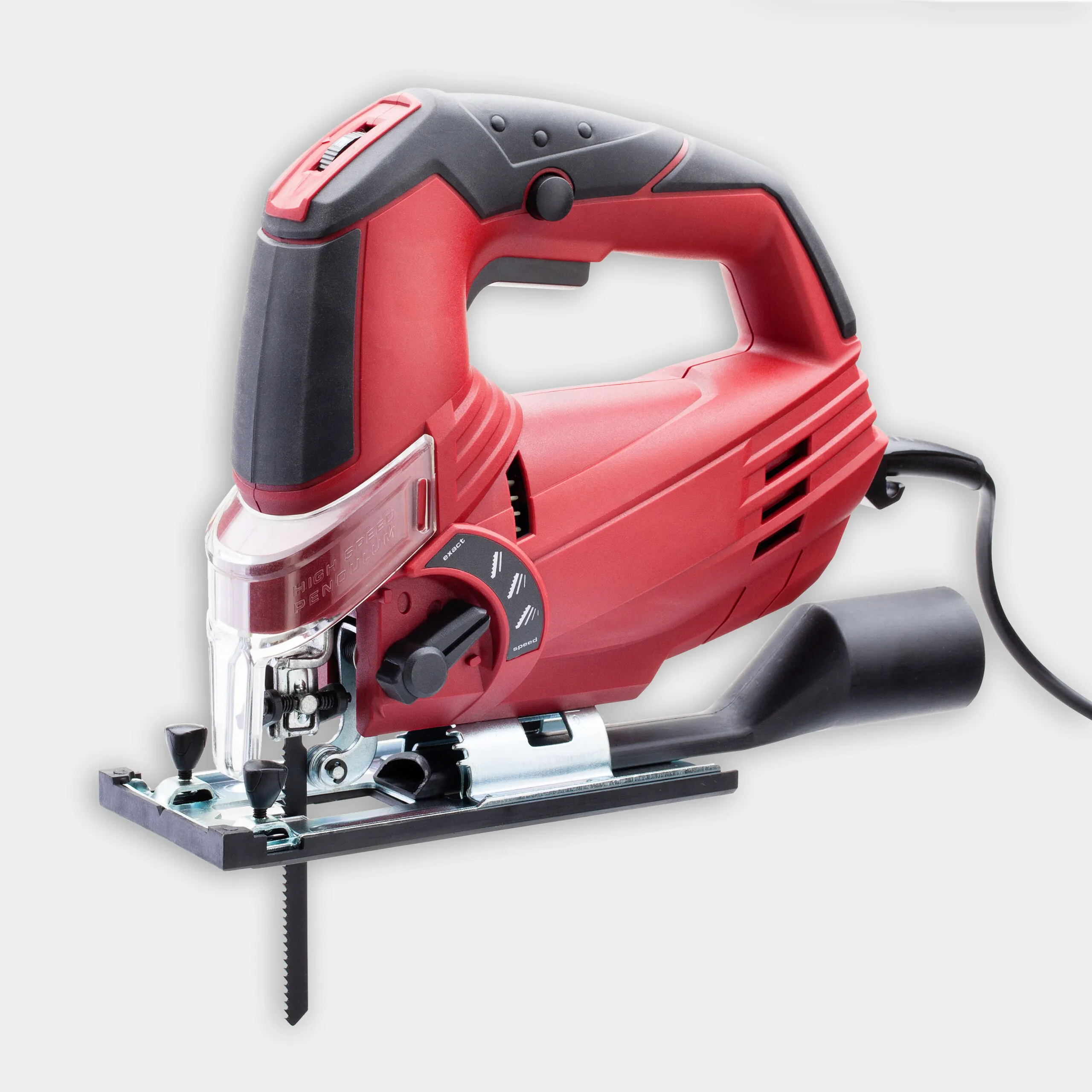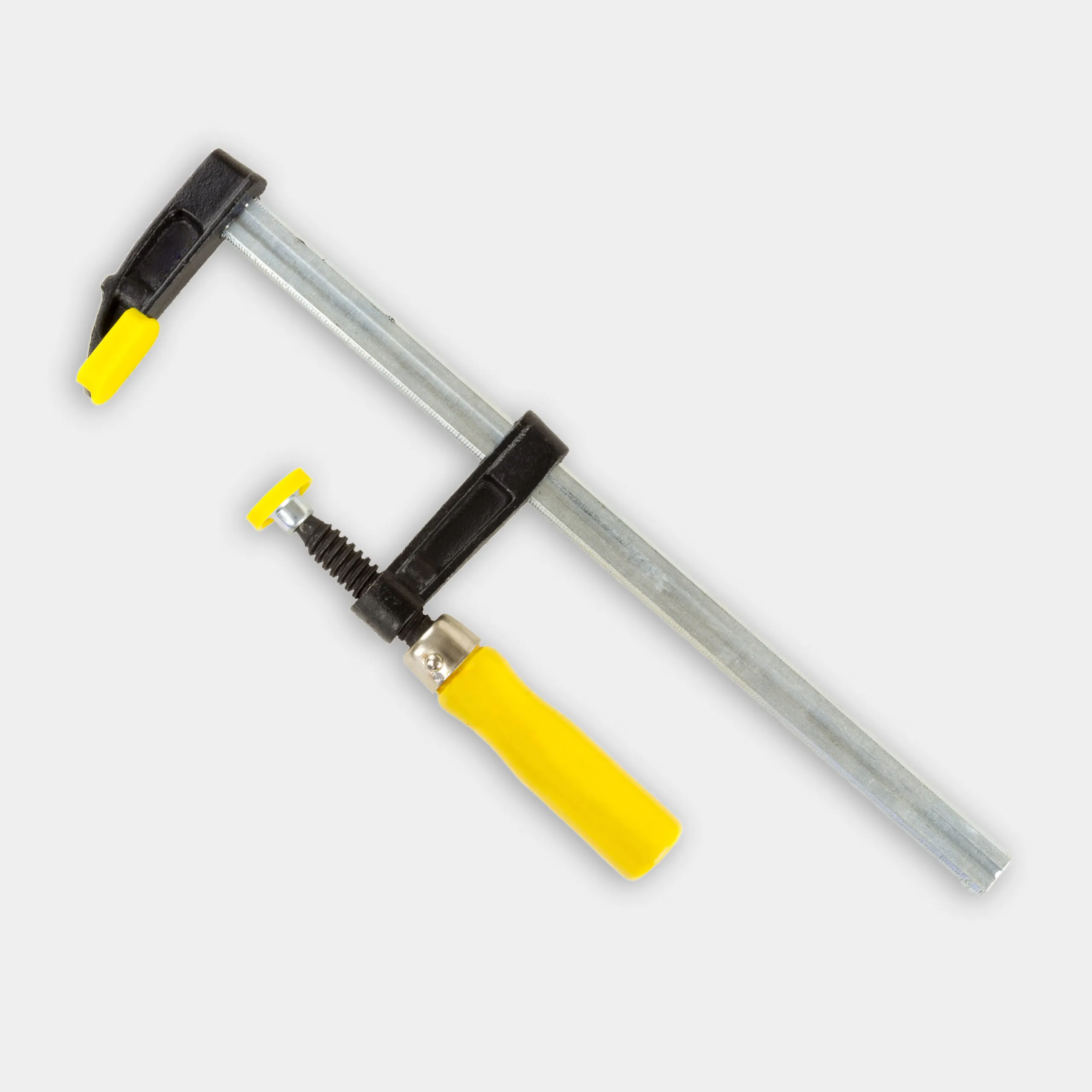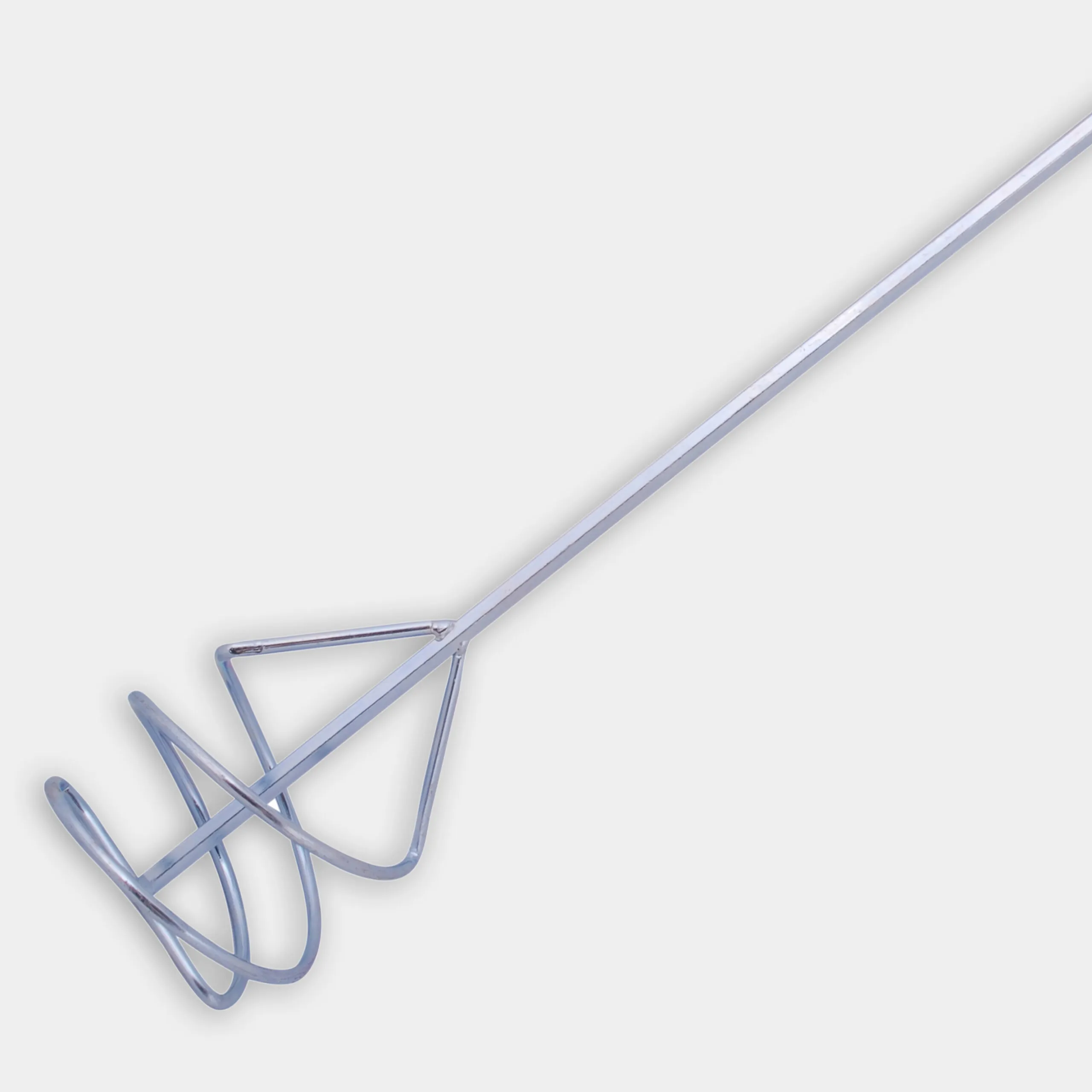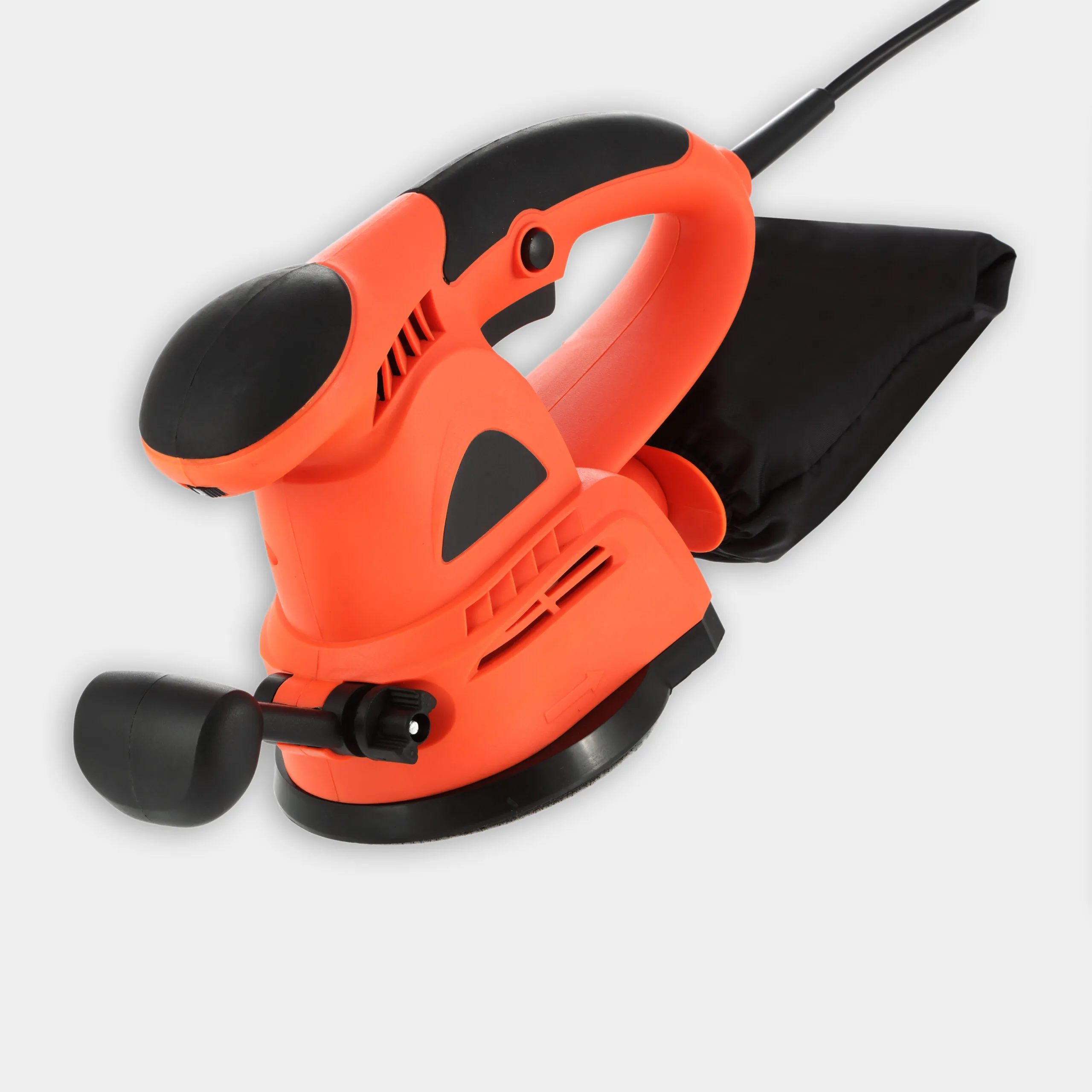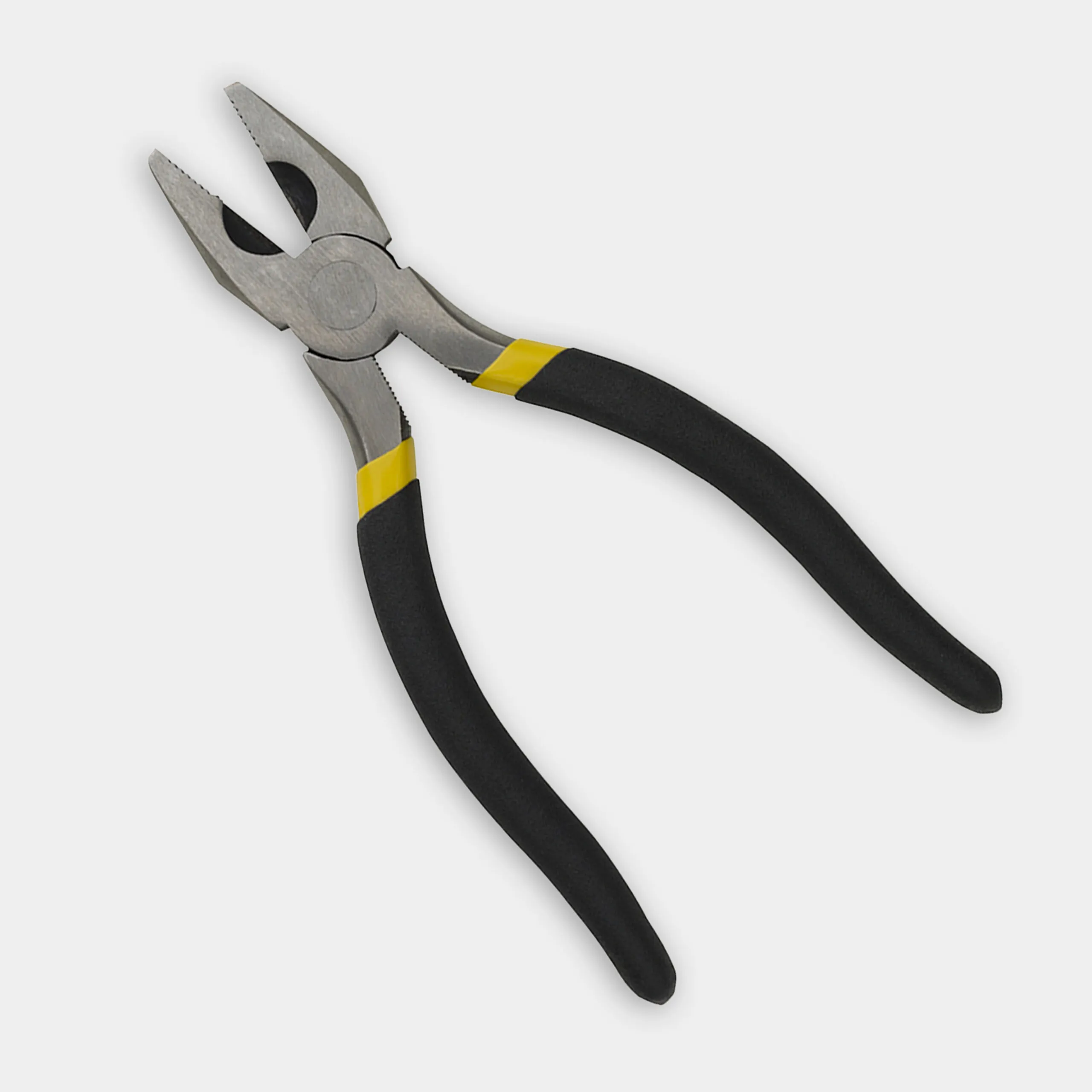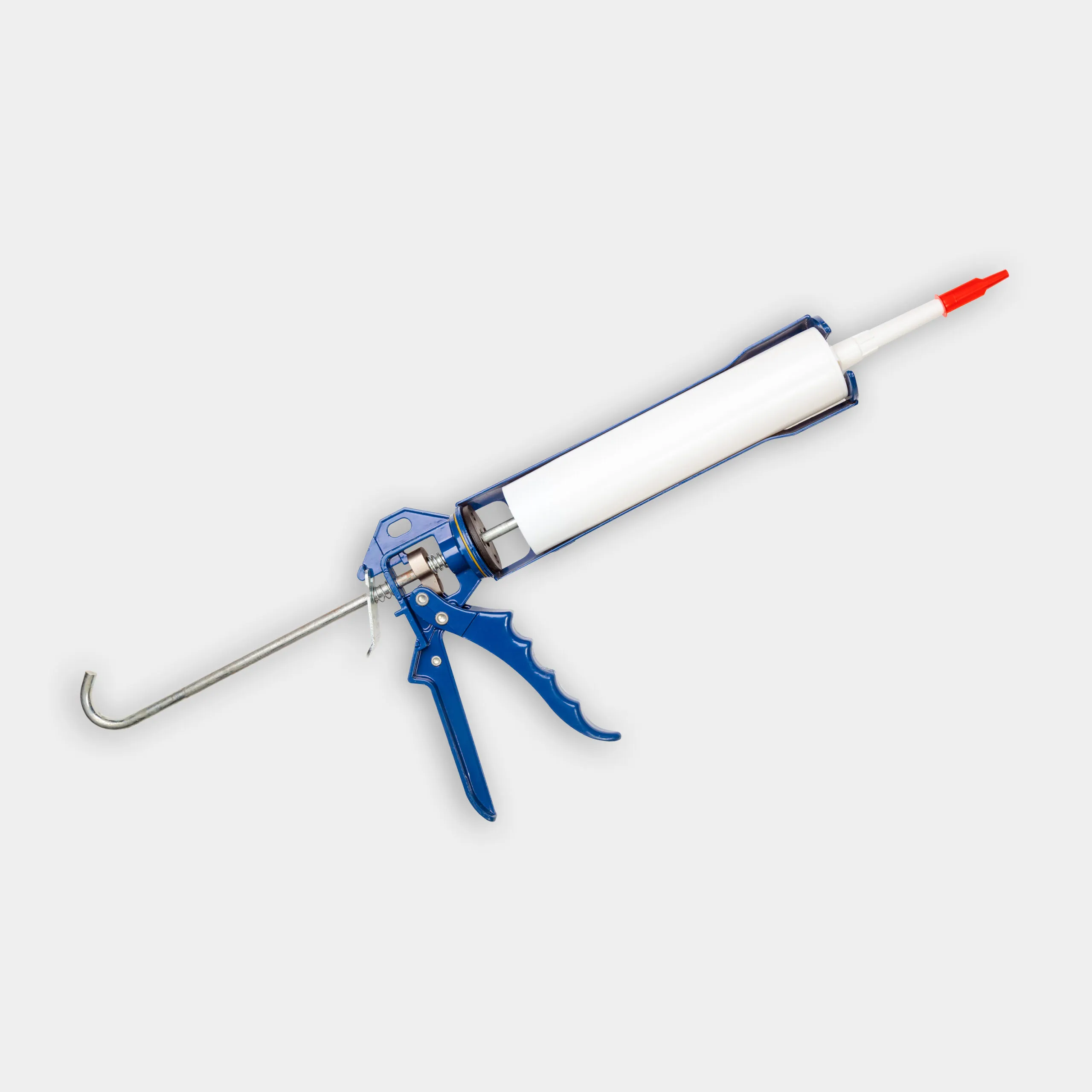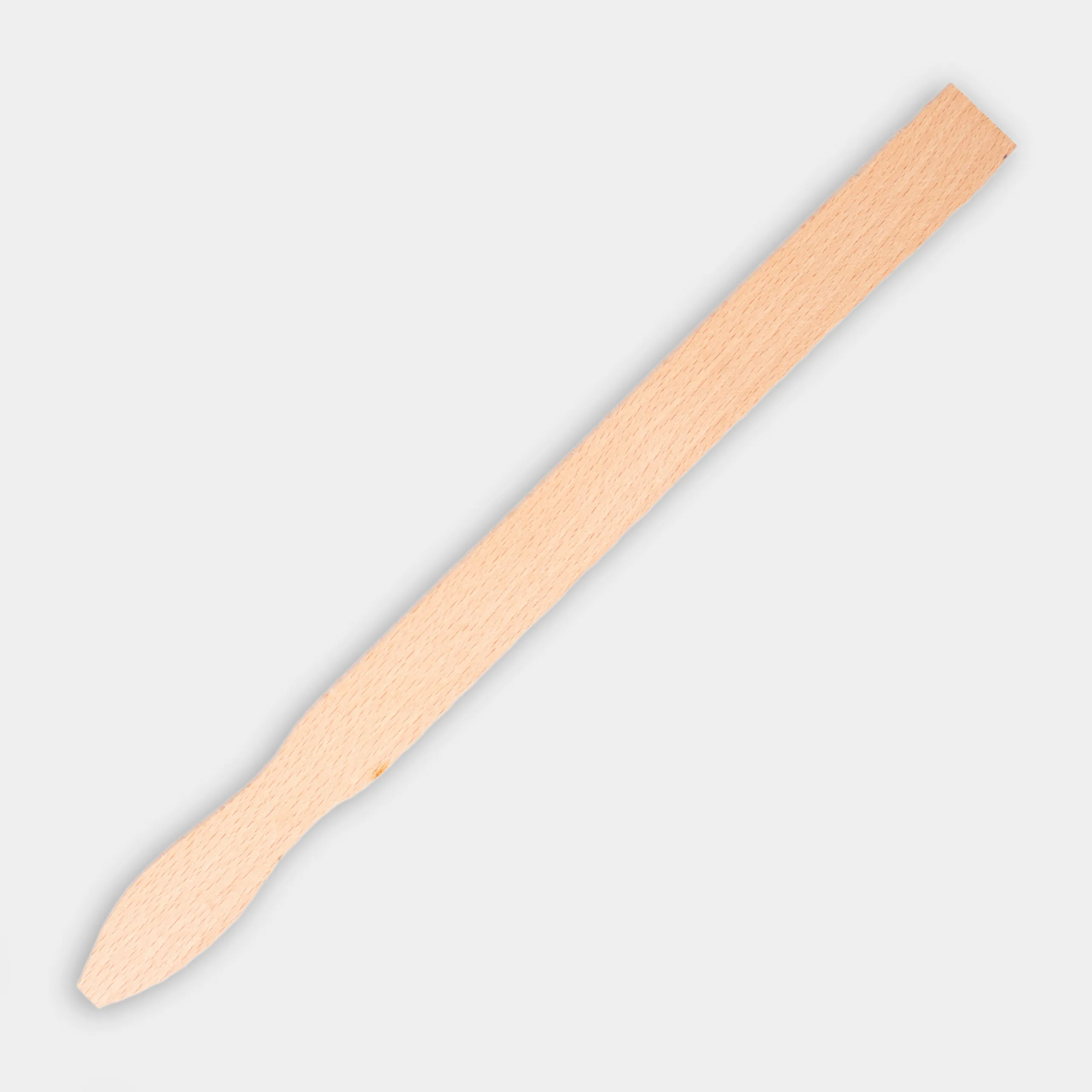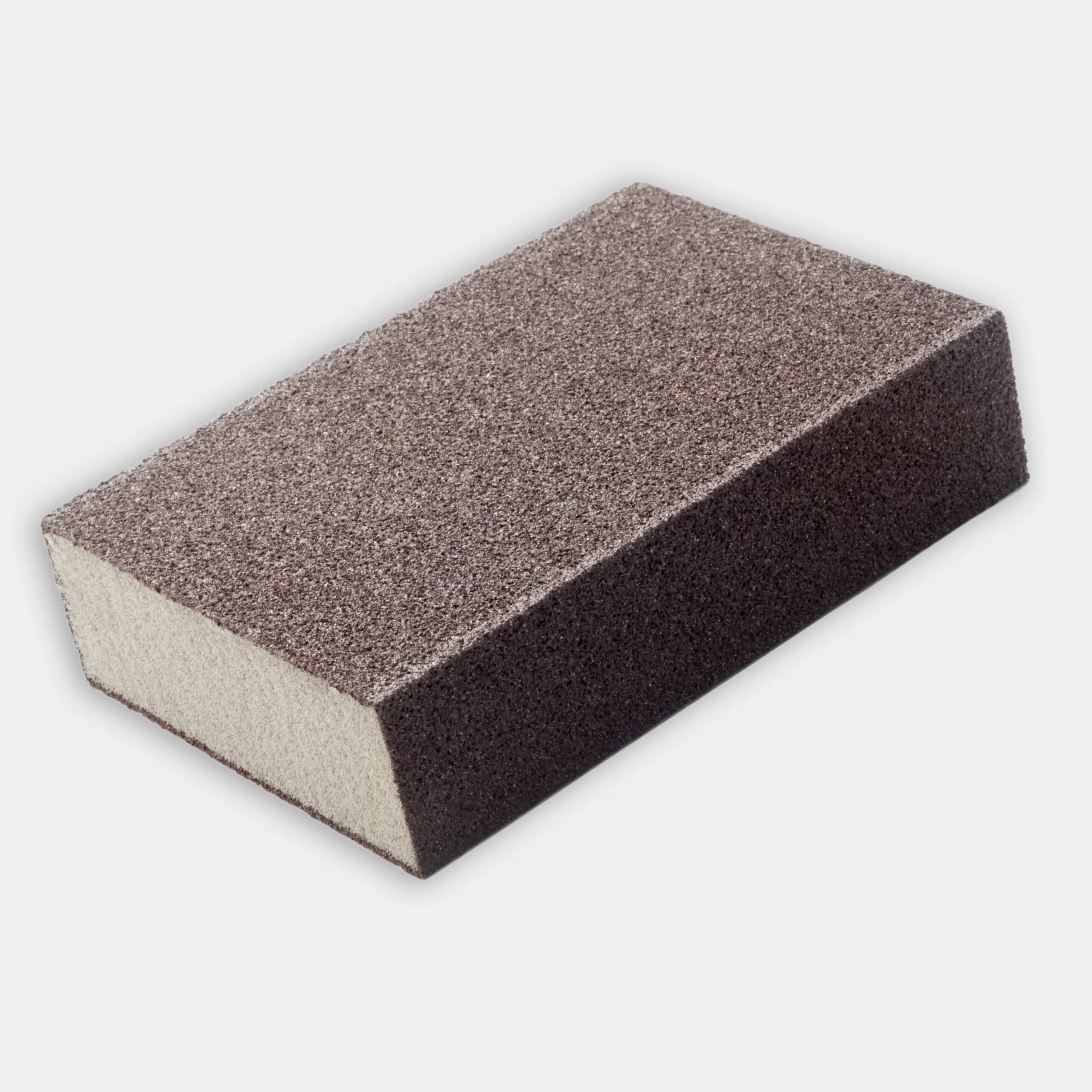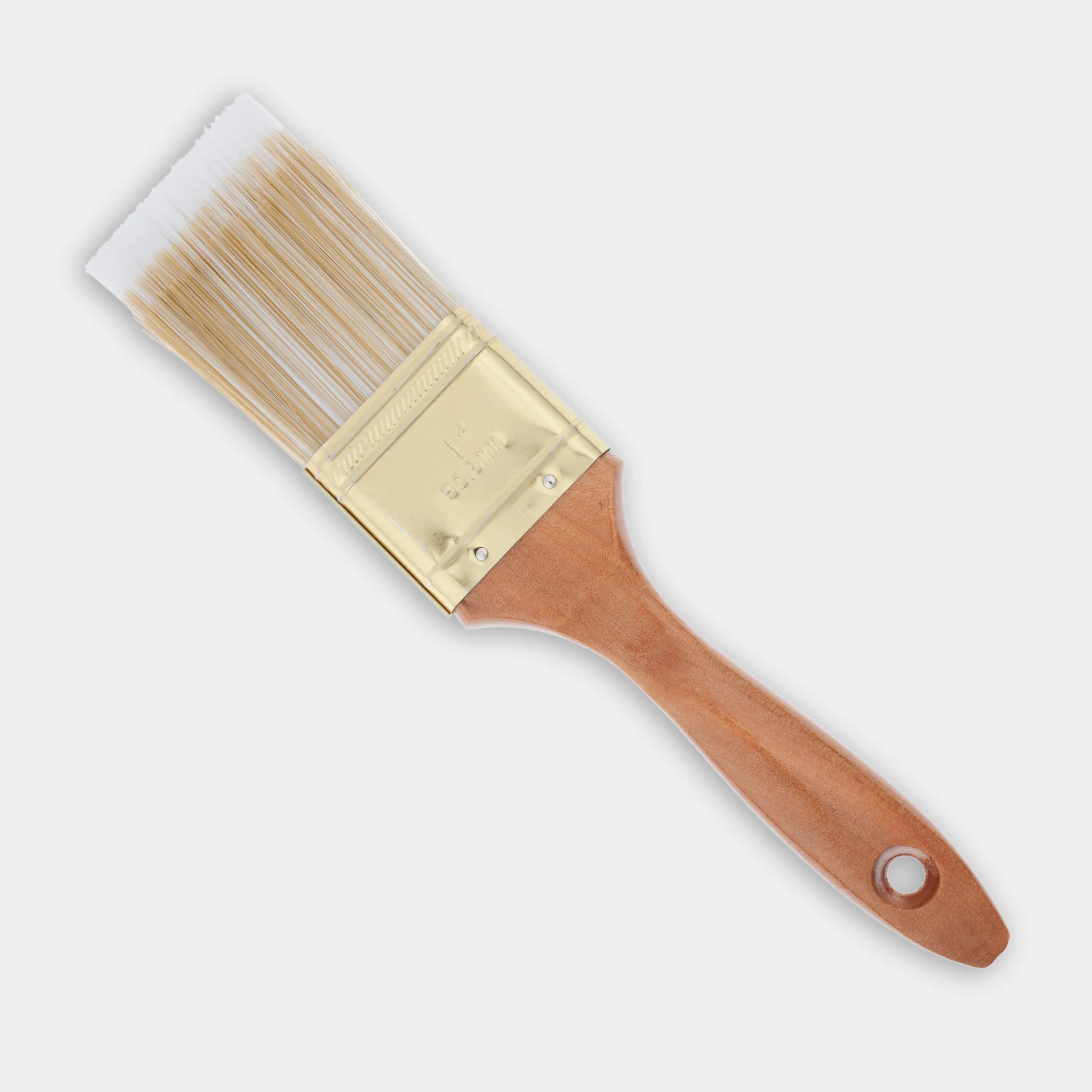We may be compensated if you purchase through links on our website. Our team is committed to delivering honest, objective, and independent reviews on home products and services.
Homeowners who want to blend industrial chic with modern design should consider investing in concrete furniture, which can be particularly eye-catching. End tables, especially, add stylish touches to interior spaces. Read about how to build a concrete end table and an accompanying wooden base in our step-by-step guide below.
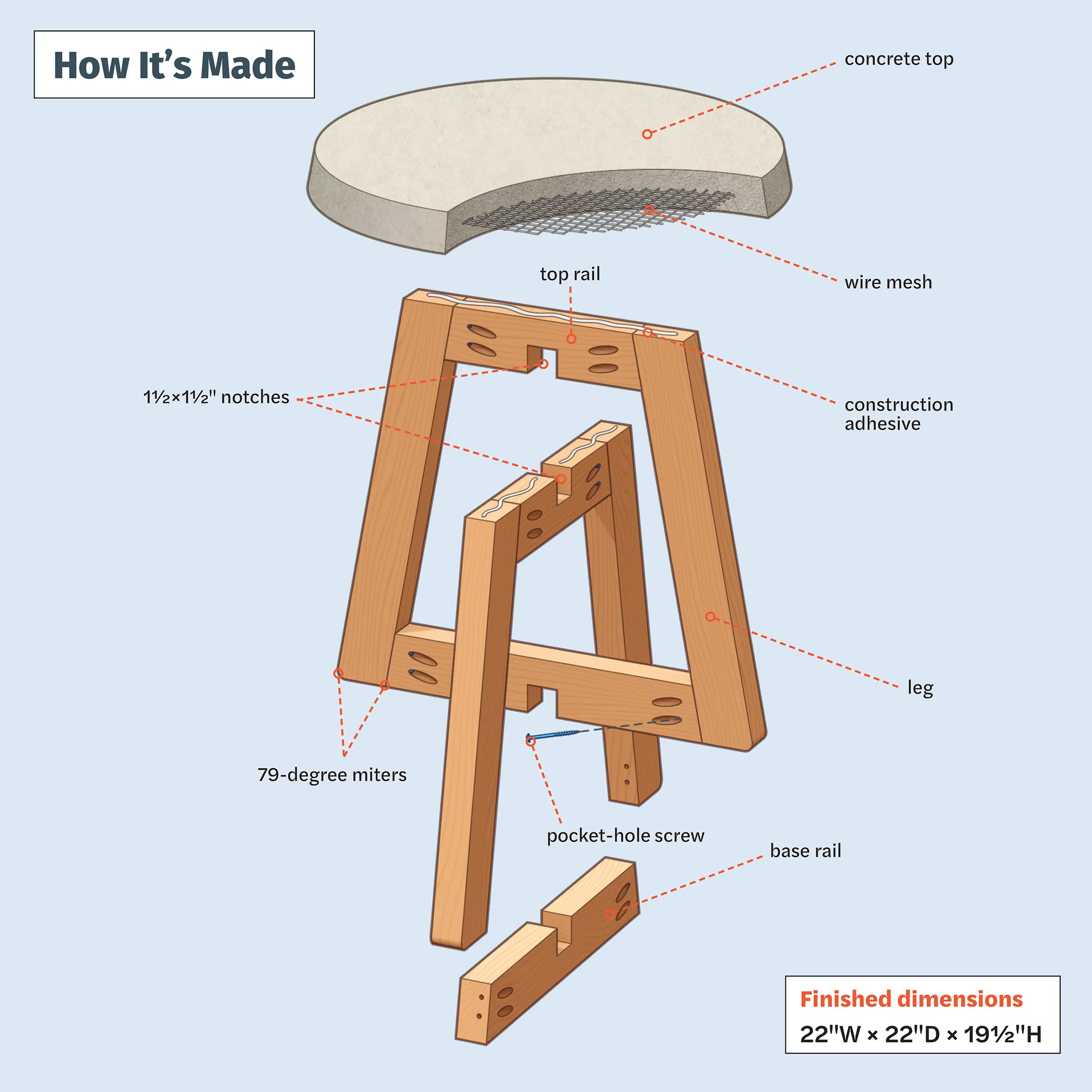
Materials and Tools Needed
Gather the following tools and materials before you dive into your project:
- (2) 2” x 3” x 8” cedar boards
- (2) 1/2” exterior pocket-hole screws
- 22” metal drip pan
- Adhesive caulk
- Caulk gun
- Clamps
- Concrete countertop mix (80 lbs.)
- Concrete release agent
- Duct tape
- Drill/driver and bits
- Exterior wood glue
- Exterior wood stain and polyurethane
- Gloves
- Jigsaw
- Level
- Medium-grit sanding sponge
- Measuring tape
- Miter saw
- Orbital sander
- Paddle mixer
- Paintbrush
- Plastic sheet
- Pocket-hole jig
- Safety glasses
- Side-cutting pliers
- Stir stick
- Trowel
- Wire mesh
Preparing the Concrete Form
Start your project by preparing the form for your tabletop. Follow the steps below.
- Choose a suitable form: Get a metal drip pan for a water heater that has a 22-inch diameter. This is the ideal size and shape for your tabletop, and will act as your concrete form.
- Seal the form: Use duct tape to cover any openings in the pan, such as drain holes. Apply tape to both the inside and outside of the pan to prevent concrete leakage.
- Apply release agent: Coat the inside of the pan with a concrete release agent. This will make it easier to remove the cured concrete from the form later.
- Prepare reinforcement: Cut a piece of wire mesh that’s about 2 inches smaller than the pan’s diameter. This will strengthen the concrete and help to prevent cracking.
- Level the work surface: Place the pan on a level surface to make sure the concrete sets evenly. Use a level to check all sides.
Mixing and Pouring the Concrete
Once you’ve prepared your form, you can mix and pour the concrete. Follow the steps below.
- Mix the concrete: Combine about 1/3 bag of concrete countertop mix with water in a 5-gallon bucket. Use a drill fitted with a mixing paddle to blend the mixture until it reaches a peanut butter-like consistency.
- Pour the concrete: Carefully pour the mixed concrete into the prepared form. Use a trowel to spread it evenly.
- Add reinforcement: Submerge the wire mesh about halfway into the wet concrete. This provides internal support for the tabletop.
- Remove air bubbles: Press an orbital sander against the sides and bottom of the pan to release trapped air bubbles. This vibration helps to create a smoother finish.
- Allow to cure: Cover the form with plastic, and let the concrete cure for about 24 hours.
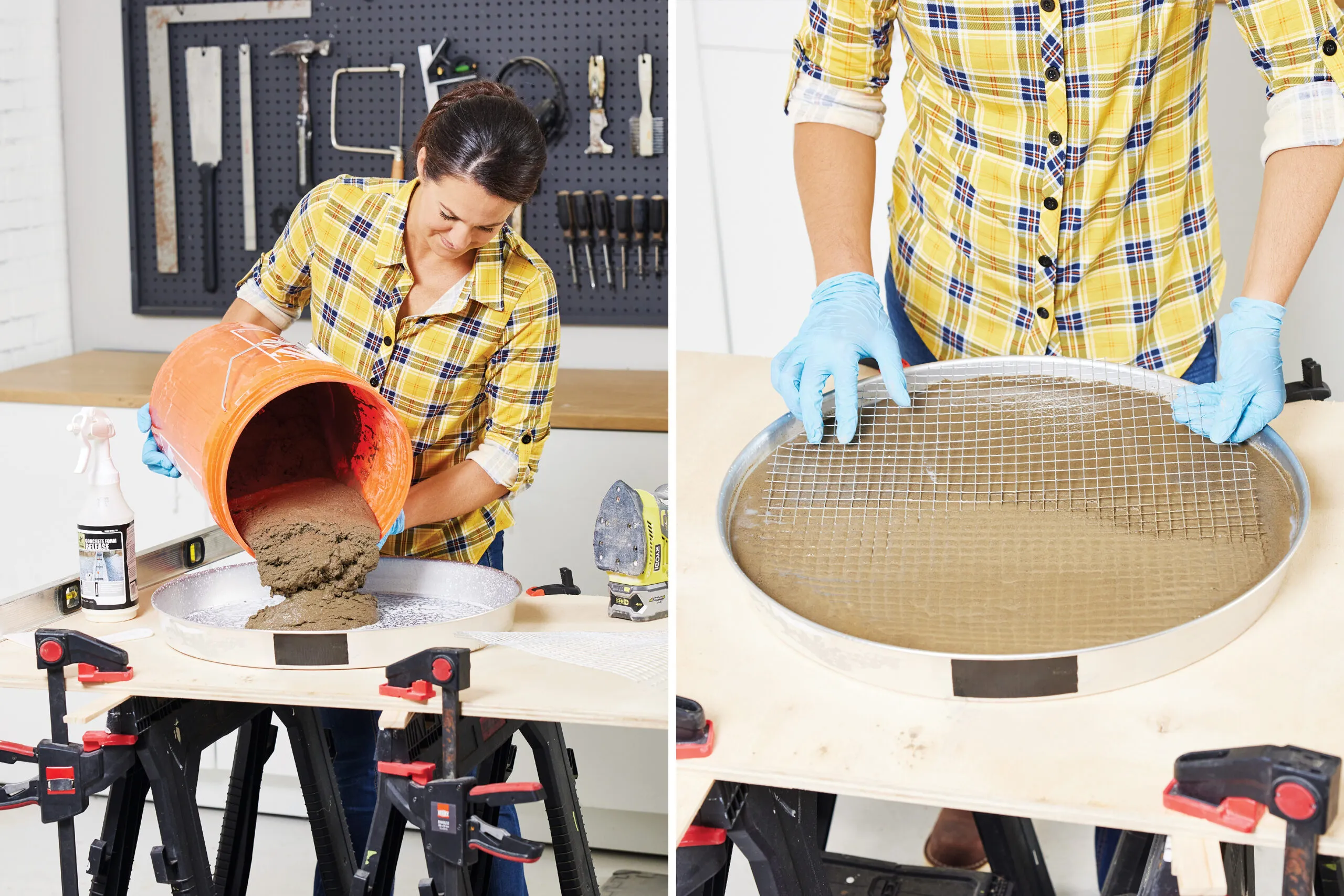
Building the Wooden Base
While the concrete cures, you can start constructing the wooden base. This design features interlocking frames. Follow the steps below.
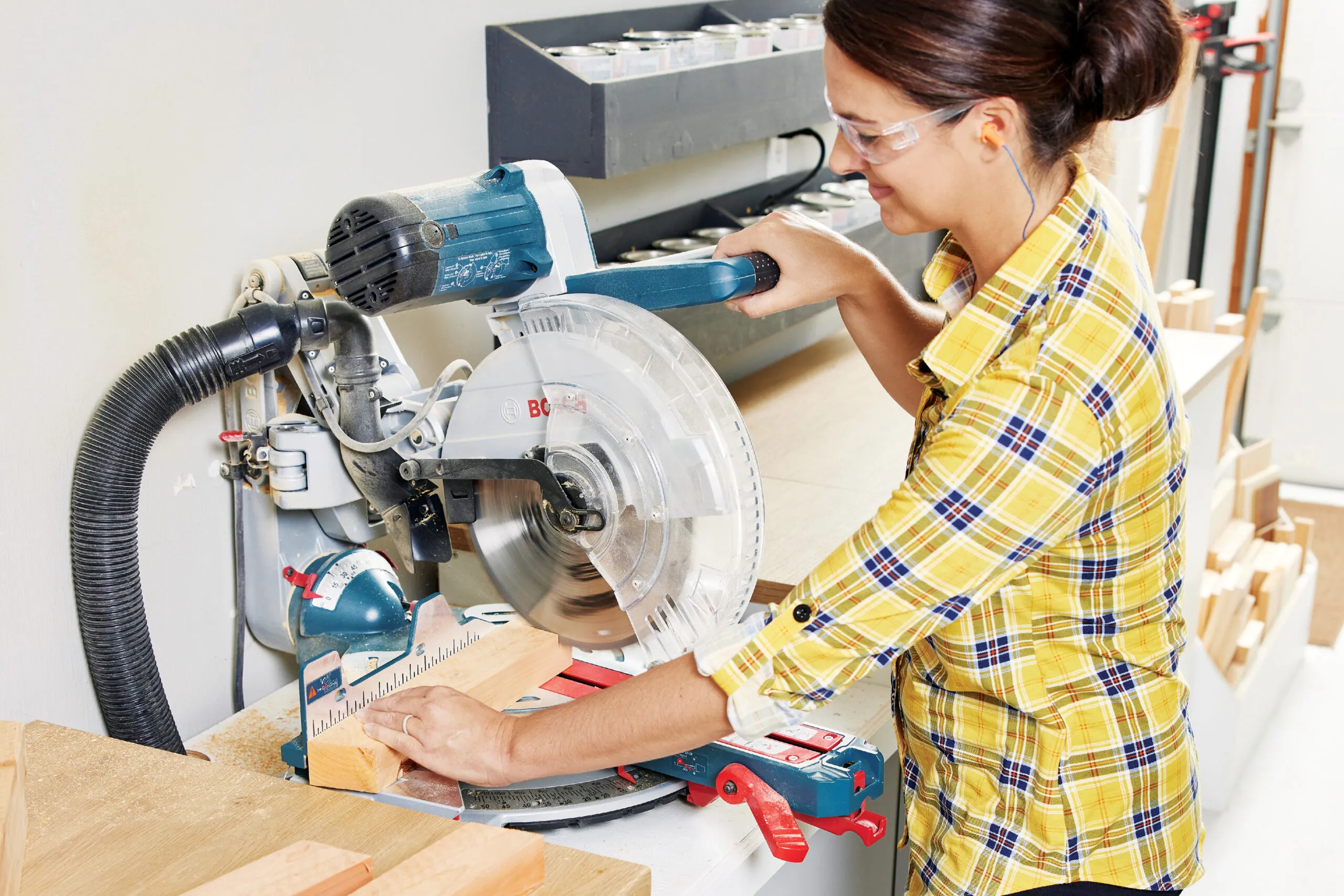
- Using a miter saw, cut the 2-inch-by-3-inch cedar boards to the following dimensions:
- Two top boards at 10″ (ends mitered at opposing 79 degrees)
- Four side boards at 18 3/4″ (ends mitered at parallel 79 degrees)
- Two bottom boards at 16″ (ends mitered at opposing 79 degrees)
- Mark and cut 1 1/2-inch-by-1 1/2-inch notches in the top and bottom boards. These allow the frames to interlock.
- Use a pocket-hole jig to create holes in the ends of the top and bottom rails.
- Apply wood glue to the joints and use pocket screws to connect the pieces. Assemble one frame completely, but leave the base rail off the second frame.
- Fit the two frames together, then attach the final base rail to complete the structure.
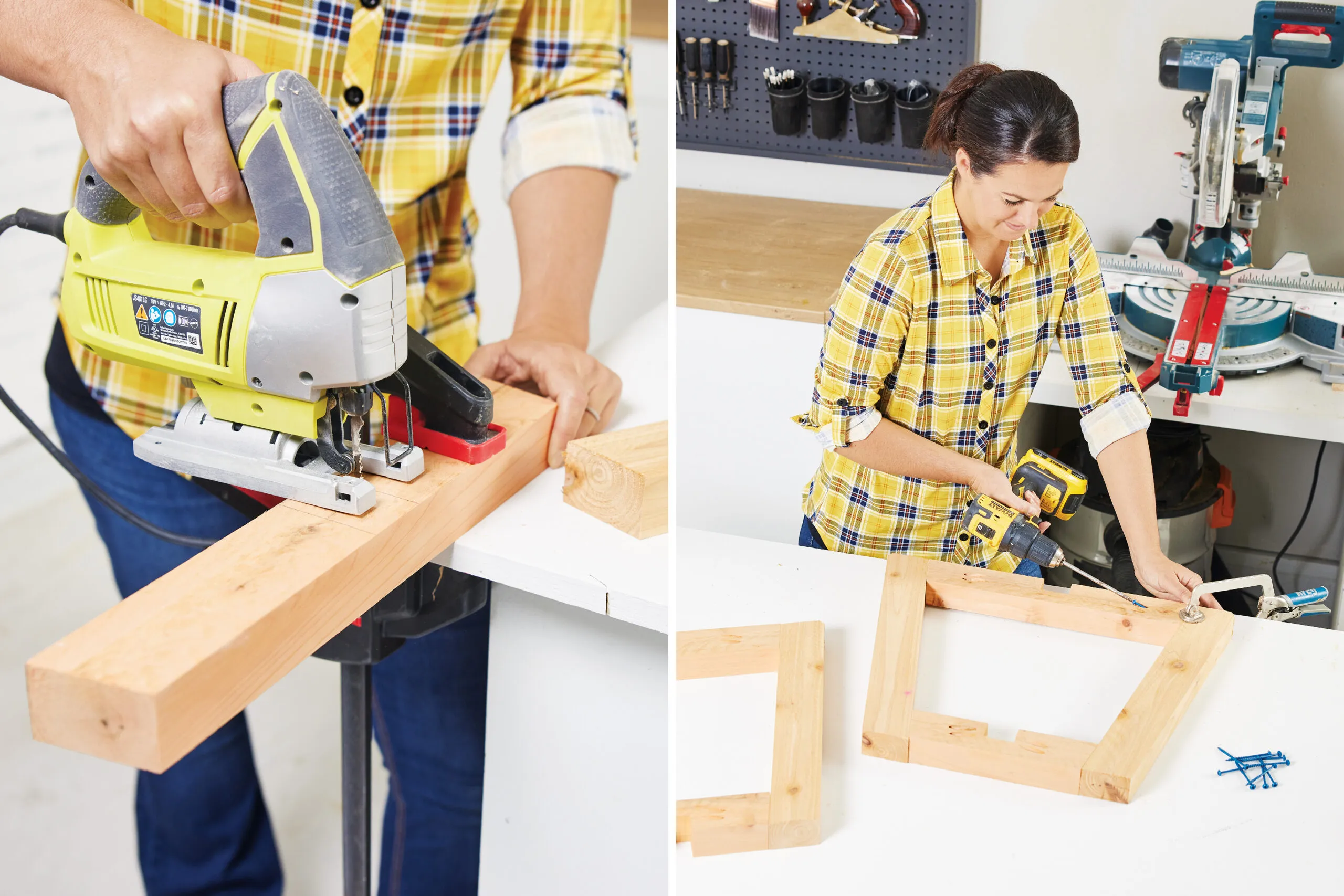
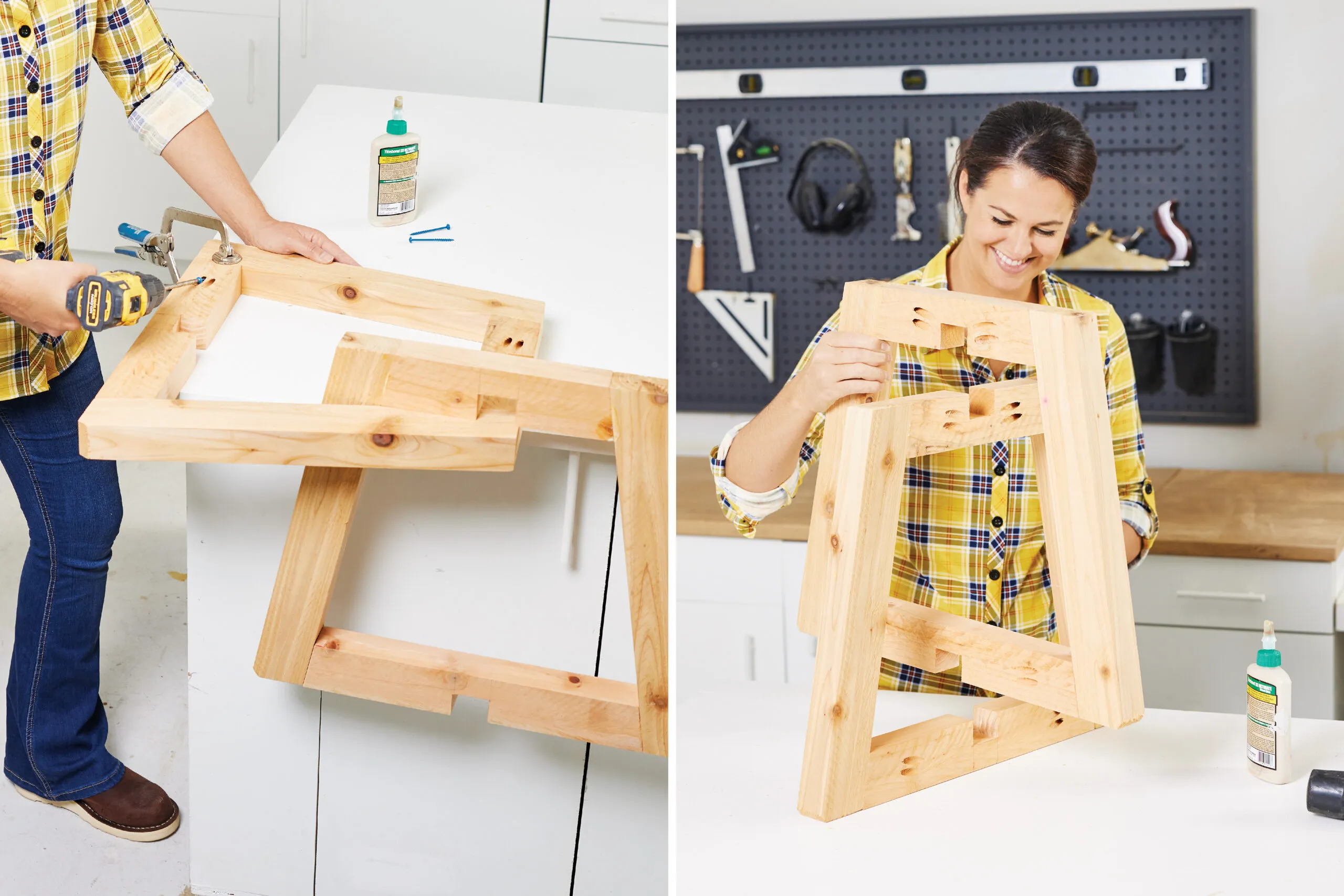
Once the glue has dried, sand the base, and round off any sharp edges. Apply wood stain, then two coats of exterior polyurethane for protection.
Finishing the Concrete Top
After the concrete has cured for 24 hours, remove it from the form. Carefully flex the sides of the metal pan to release the concrete top. Place it on scrap blocks so that it can continue drying.

Use a wet sanding sponge to gently smooth any rough patches or edges on the concrete. Let the concrete continue to cure for a couple more days before attaching it to the base. Once it’s fully cured, apply several coats of protective wax to the concrete top, and buff between each coat. This creates a beautiful matte finish and protects the surface.
Assembling the Table
The final step is to bring all the components together to create your finished concrete end table. Place the concrete top face-down on a soft, clean surface, and use construction adhesive to secure the wooden base to the concrete top. Let the adhesive cure according to the manufacturer’s instructions before you use the table.
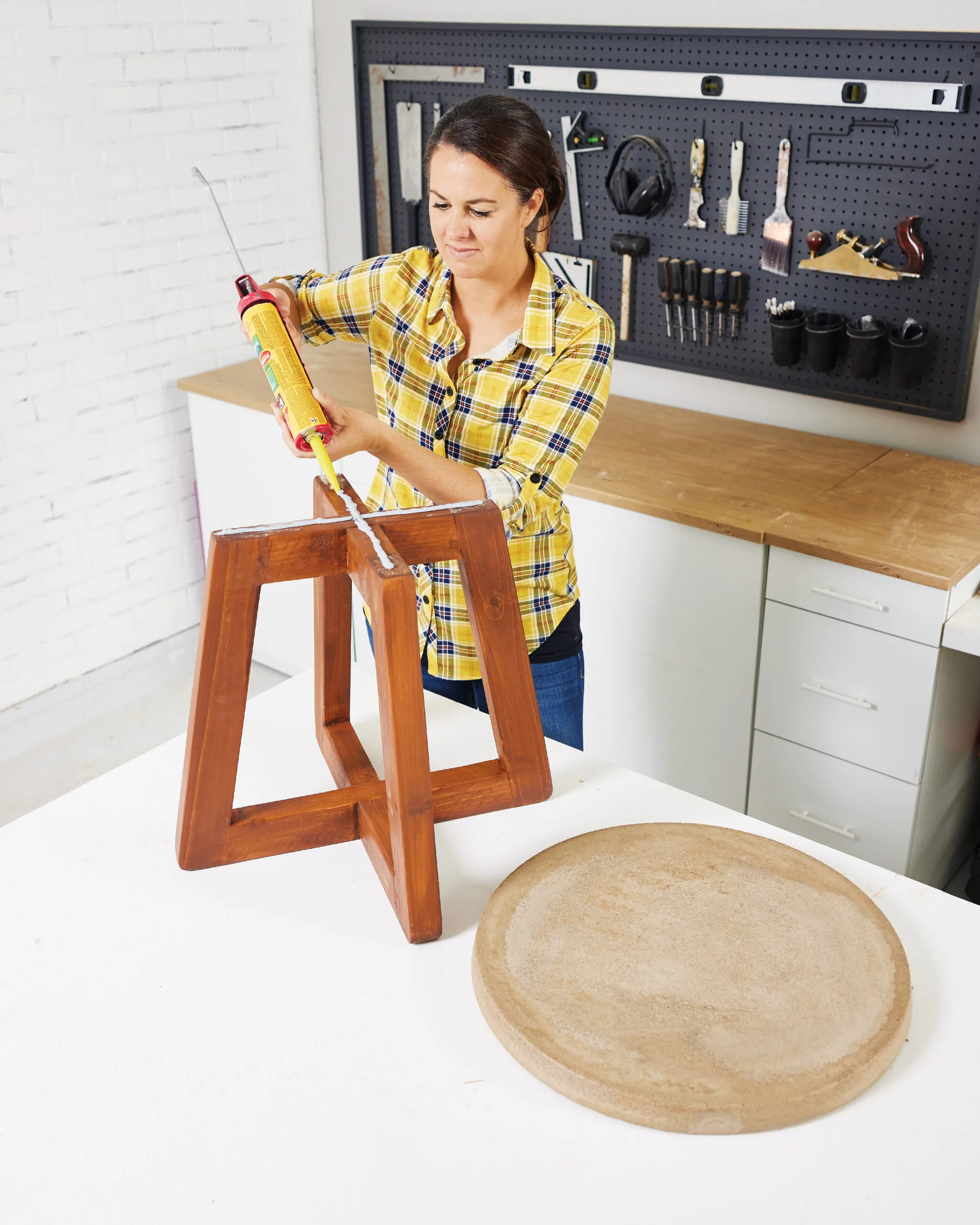
Inspect the assembled table for any imperfections. Sand any rough edges and make sure the table is secure.
Tips for Success When Building a Concrete End Table
Follow the tips below to make sure your project goes smoothly.
- Measure twice, cut once: Precision is key in carpentry. Double-check your measurements before you make any cuts.
- Practice patience: Allow adequate curing time for both the concrete and the adhesive. This will lead to a durable finished project.
- Wear safety gear: Always wear safety glasses and gloves when working with concrete and power tools.
- Work in a well-ventilated area: Concrete mixing and finishing products can emit fumes, so you must work in a space that is properly ventilated.
